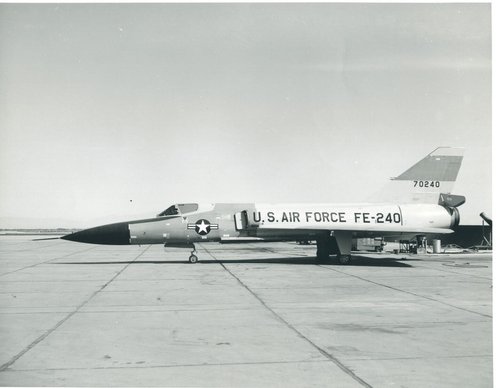- Joined
- 6 September 2006
- Messages
- 4,834
- Reaction score
- 9,457
Camm does seem to have been a reactionary fellow in several aspects, it hampered development of the Hurricane and the P.1121. It took him time to adjust to new developments, let's not forget he cut his teeth on biplanes.
Perhaps the harsh truth is that Camm was just too old and should have gracefully retired. There is a lot of danger with the cult of the designer, and the famous WW2 generation of designer heroes were elevated to a tall plinth - Mitchell, Camm, Chadwick, de Havilland (who outshone Bishop in terms of public exposure and awareness) were declared Gods of design. Mitchell and Chadwick alas soon met their end before their reputations were diminished - though the Tudor was hardly the best swansong for Chadwick. de Havilland's (and Bishop's) products took hard knocks (108 and 110 crashes, Comet fatigue). Camm's reputation revived with the P.1127, but its clear the old guard had had good successes in the past but that did not make them immortal geniuses as aviation continued to progress. 'Teddy' Petter is probably the sole post-war famous 'idol' of the industry, he never came to prominence until the Canberra and P.1, arguably two classics that earned him a place on the plinth but again he never really embraced the future - he got sucked into the light fighter as a return to a simpler age.
Perhaps the harsh truth is that Camm was just too old and should have gracefully retired. There is a lot of danger with the cult of the designer, and the famous WW2 generation of designer heroes were elevated to a tall plinth - Mitchell, Camm, Chadwick, de Havilland (who outshone Bishop in terms of public exposure and awareness) were declared Gods of design. Mitchell and Chadwick alas soon met their end before their reputations were diminished - though the Tudor was hardly the best swansong for Chadwick. de Havilland's (and Bishop's) products took hard knocks (108 and 110 crashes, Comet fatigue). Camm's reputation revived with the P.1127, but its clear the old guard had had good successes in the past but that did not make them immortal geniuses as aviation continued to progress. 'Teddy' Petter is probably the sole post-war famous 'idol' of the industry, he never came to prominence until the Canberra and P.1, arguably two classics that earned him a place on the plinth but again he never really embraced the future - he got sucked into the light fighter as a return to a simpler age.

